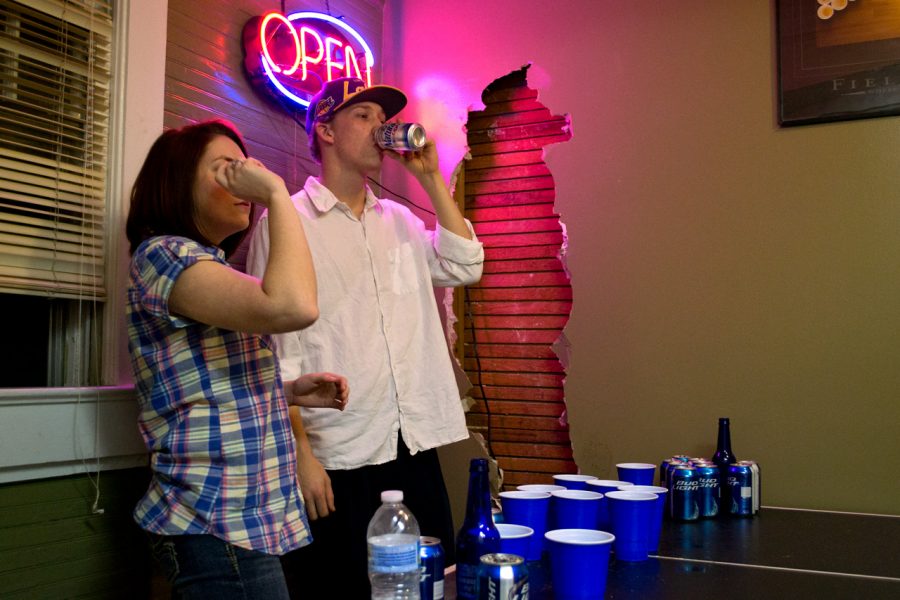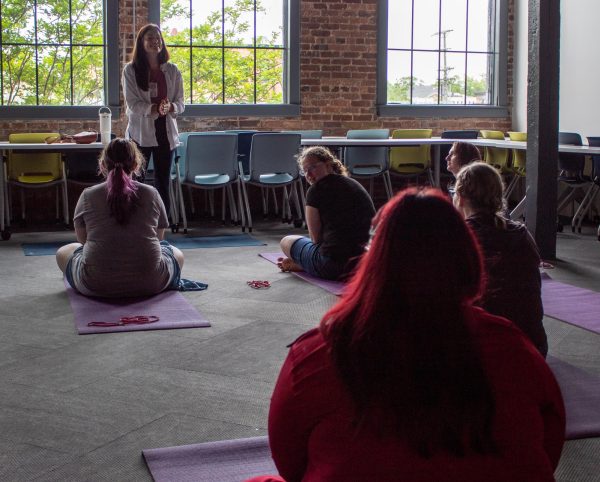AlcoholEdu results: UNA drunk driving above national average
March 22, 2012
AlcoholEdu results show UNA above the national average in drunk driving, officials said.
The executive summary of the data collected during the AlcoholEdu program has been released with some surprises: drunk driving is more of an issue than originally anticipated by administrators.
When compared to the national average, UNA scored less in most aspects. Some of the specifications include blacking out, experiencing a hangover, missing class or being taken advantage of sexually due to excess alcohol consumption.
“We’re pretty much below the national average in most things,” said Dr. Kimberly Greenway, director of student conduct and student affairs planning and assessment. “The two where we’re higher is drinking and driving and riding in a car with someone who has been drinking and driving.”
Greenway is one of the officials overseeing the implementation of AlcoholEdu on campus. AlcoholEdu was introduced last fall as attempt to record and analyze statistical information about the drinking habits of incoming freshmen.
Senior university nurse Peggy Bergeron was caught off guard by the results of the data.
“We’re kind of surprised by (the prevalence of drinking and driving),” she said. “Ironic that 75 percent (of students) didn’t drink because they were driving.”
Bergeron, and the executive summary, said students were asked why they do or don’t drink. The most popular reason was because they were going to drive.
The data also showed that 60 percent of drinking—in the freshman population—occurs off-campus, but that an overwhelming 72 percent of students are classified as “non-drinkers.”
This statistic disproves a lot of college stereotypes, said Lynne Martin, associate director of University Health Services counseling and disability services.
“The ‘Rite of Passage’ kind of thing: ‘I’m in college. I have to drink.’ Well, the data doesn’t back that up,” Martin said. “You really can say ‘no’ and still be in the majority.”
The real concern lies deeper than the data, Greenway said.
“It’s not just a matter of finding out what students’ drinking habits are,” she said. “It’s a matter of what they need from us as an institution so that we can educate them based on their behaviors”
Greenway said the target isn’t drinking itself, but, more specifically, drunk driving.
“We’ll be using some of this next year,” she said. “We’ll be addressing some of the things that, this year, indicated a problem.”
Martin said the address will come in the form of campus-wide education.
“Ideally, (alcohol education) would be included in a freshman experience course that we don’t have right now,” Martin said. “Behind the scenes, our goal is to take it to different departments on campus and go through the hierarchy.”
Greenway said the implementation team has expanded to include faculty, SGA, ResLife, athletics and others.
“We feel like we have a broad team now, so we can get a 50,000 foot view,” she said. “Alcohol isn’t just about consequences for individuals. It’s a holistic view of how it affects you, community and your future.”
Even with the growing implementation team, Bergeron said she knows the information collecting process is a long one.
“I think we’re just starting,” she said. “We’re still in the formation stages of getting the whole campus involved. We need more information, but it’s a good starting point.”











